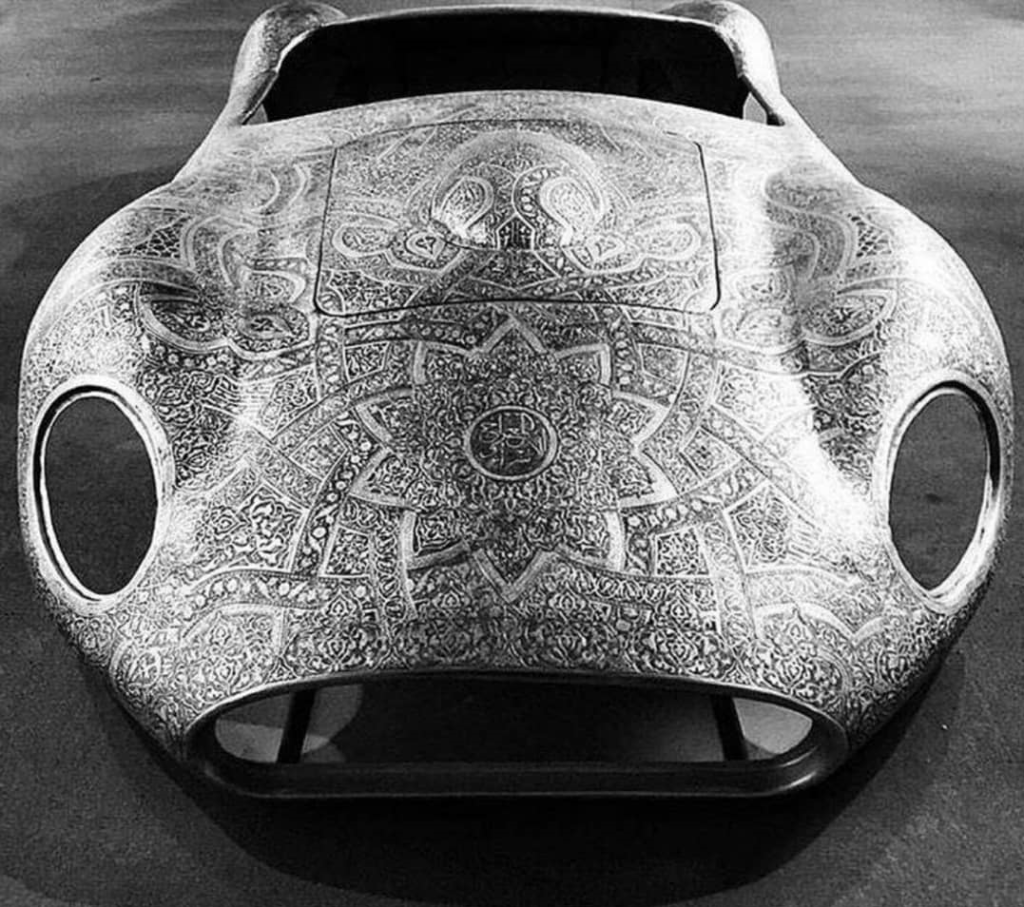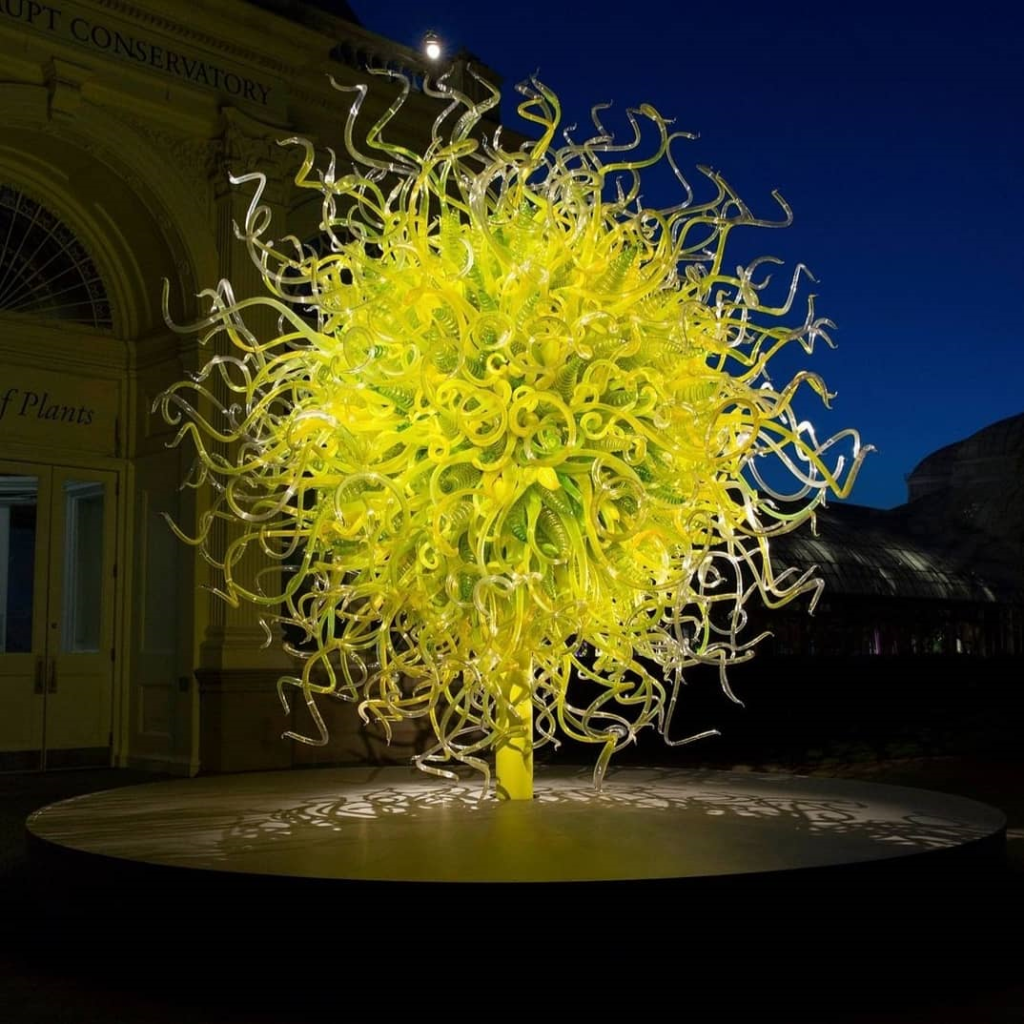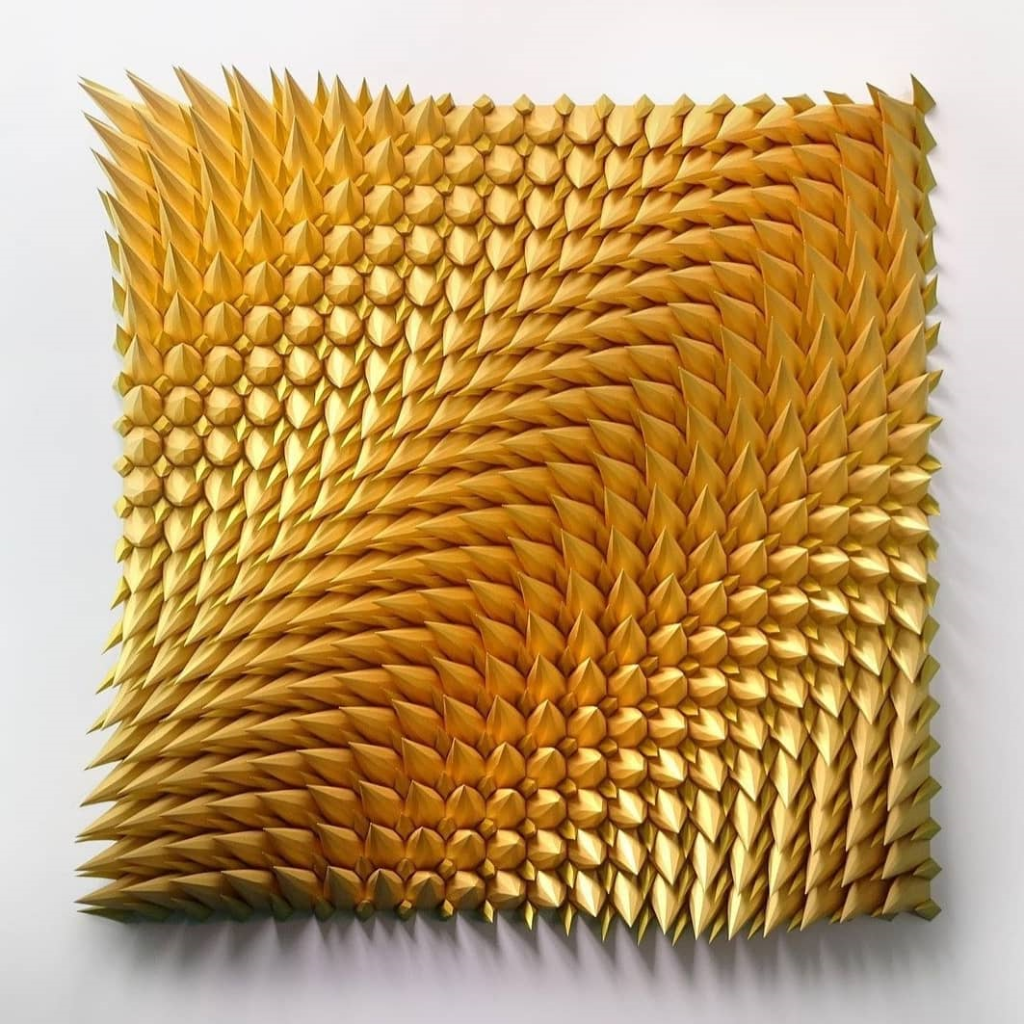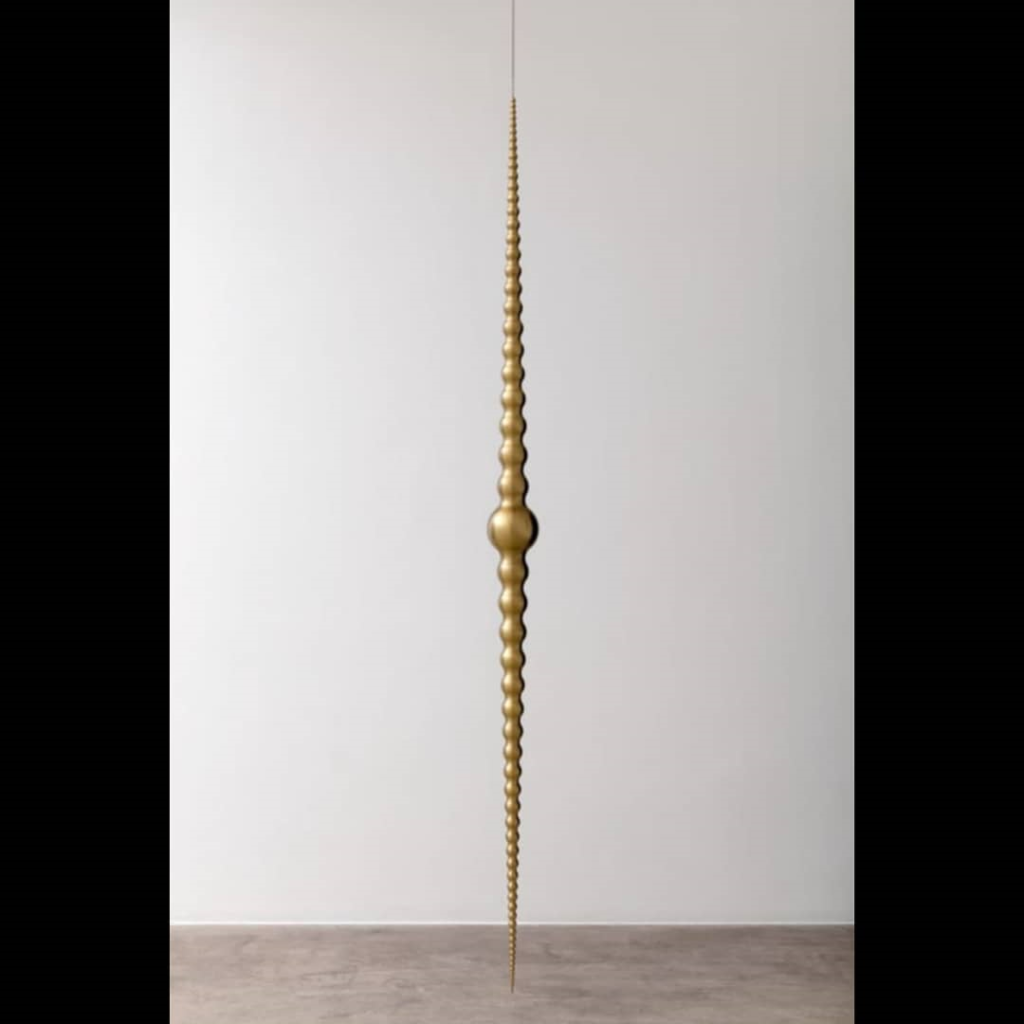“Ornament is a crime.” This was the slogan of Adolf Loos in first half of the 20th Century. I have faced this sentence frequently since I was a student in the field of industrial design, and thought about its content. During that time, the modernism spirit governed our faculty and the toddling design environment of Iran. However, this sentence shall be interpreted concerning its special content, and should not be extended to all the ornaments seen in the history of art. In case we would like to negate all ornaments, then we face the problem of generalization and would be trapped into an absolutistic thought. Ornaments may not be crimes.On the other hand, they may be crimes. The question is when ornaments are not crimes? They are not crimes whenever we do not consider ornaments as one of the elements enclosed/added to the work of art, and see them as a certain part of it. Under such conditions, ornaments are a certain part of the work of art, and not items added to the same. This way, ornaments act like frame for a painting or leg for a sculpture.






